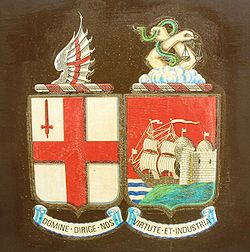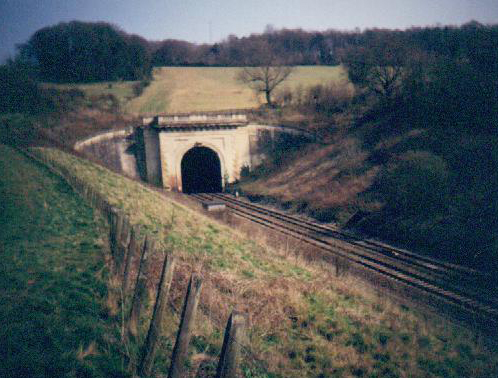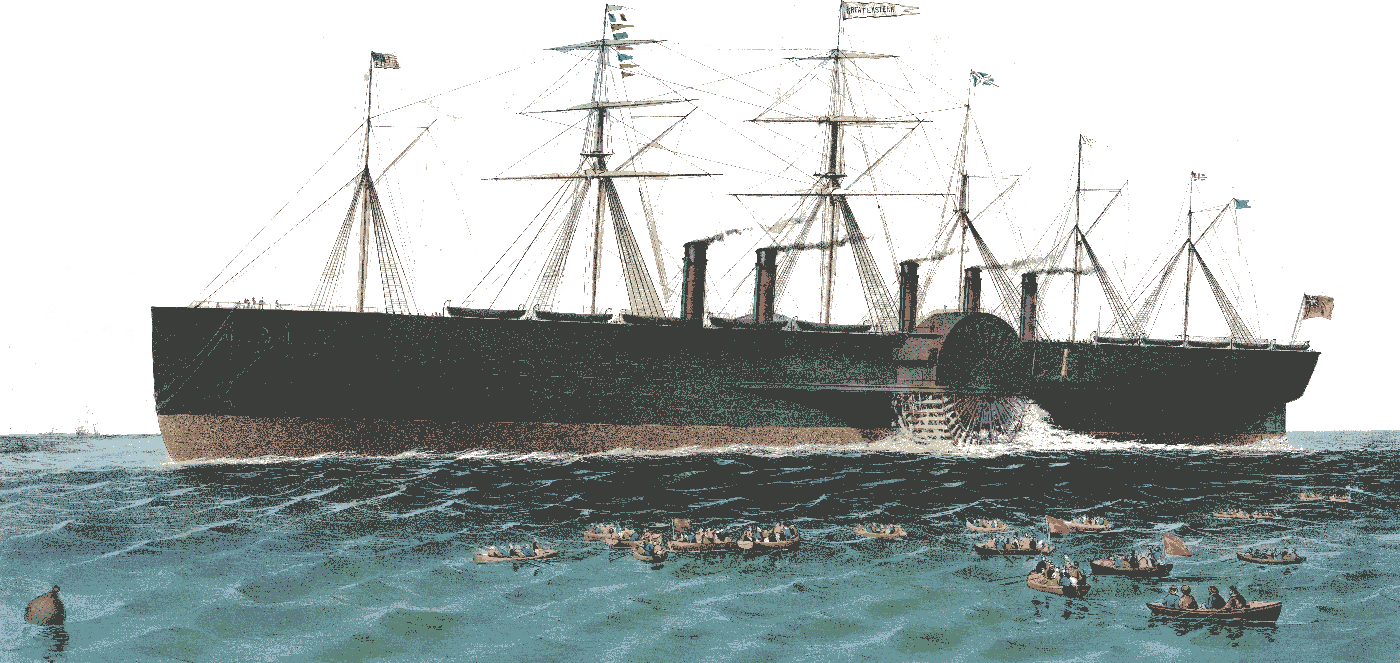Great Western Railway
In 1832, a group of businessmen formed a committee to promote a Bristol to London railway. Brunel was appointed engineeron 7 March 1833 and it's probable that it was Brunel who christened the new line the "Great Western Railway" — the name appears in his diary in August 1833. The Parliament Bill authorising its construction was passed on 31 August 1835. Unusually, the gauge (or width between the rails) of the railway was not specified in the plans. This was a deliberate omission, negotiated by the engineer.
The gauge of the railways then being built around the country was 4ft 8½in. This measurement derives from the earliest coal-carrying locomotives, which were designed to pass along existing colliery paths. Brunel calculated that a wider gauge would allow locomotives to be designed with larger wheels and a lower centre of gravity and thus travel more safely at high speeds. He also hoped for a smoother, faster ride and room aboard for greater numbers of passengers to earn back the cost of constructing a wider track.

On 15 September 1835, scarcely a fortnight after the Act was passed, Brunel wrote to the directors of the Great Western Railway Co. revealing his innovative design. Not only was it to be the longest, most level line in Britain, but it was to be the broadest, too. Brunel had also devised a completely new method of construction for the 7ft 1/4in wide track. On 29 October 1835, the Directors accepted his proposal.
By this time clearing work in the Avon valley was already well under way and Brunel was designing Maidenhead Bridge and Wharncliffe Viaduct.
That November, a Bill was lodged for the Paddington extension, creating a new London terminus — Paddington Station. The following year, excavations for Box Tunnel began.
The first 22 mile section of the Great Western Railway was ready for service on 4 June 1838 and the line continued to open in stages over the three years that followed.
Had Brunel's work begun just five years earlier, his broad gauge might have survived the so-called "Battle of the Gauges" he unleashed by constructing his 7ft 1/4in wide track. As it was, it was eventually defeated by an Act of Parliament in 1846 that standardized the 4ft 8½in gauge. The wide gauge was not such an unqualified success as to justify the inconvenience of incompatibility — passengers and freight were forced to change trains wherever other railway networks connected to Brunel's empire in the West. Whatever the pros and cons of engineering design, in practice it was simpler and cheaper to lay closer rails within the wide gauge than to broaden the thousands of miles of narrow track already laid around the country.
In the novel 'Is', Isabel and Robert are at the Science Museum. Click here to read an extract.
Back to Topics



